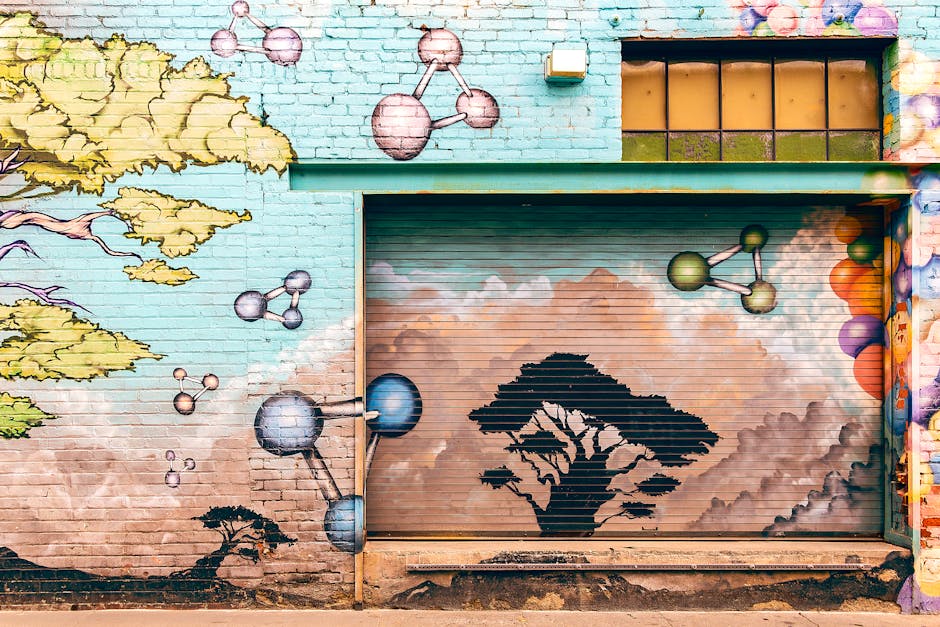
Exploring Underground Street Art Movements: A Creative Revolution
Introduction to Underground Street Art
Underground street art movements represent a bold and innovative facet of contemporary urban culture. These movements often operate outside the mainstream art world, emphasizing rebellion, urban expression, and countercultural messages.
The Origins and Evolution
Emerging in the late 20th century, underground street art took shape as artists sought alternative ways to communicate powerful social and political messages. Unlike traditional art galleries, these artists utilize street art techniques such as stenciling, graffiti, and sticker art to reach a broader audience.
Notable Figures and Movements
Some influential figures include Banksy and Shepard Fairey. These artists are emblematic of the underground street art scene, often challenging societal norms and inspiring new generations of street artists.
The Cultural Impact
Underground street art movements have significantly impacted urban environments, transforming cityscapes into open-air galleries. This art form not only beautifies neighborhoods but also raises awareness about social issues like inequality, political corruption, and climate change. To learn more about the social messages conveyed through street art, visit our social issues in street art page.
Getting Involved and Appreciating the Movement
If you are interested in exploring or contributing to these movements, consider attending local street art festivals or participating in urban art workshops to learn techniques and connect with artists.
Conclusion
Underground street art movements continue to evolve, fuelled by artists' desire for creative expression and social change. They remind us that art can thrive outside traditional spaces, challenging perceptions and inspiring communities worldwide.
